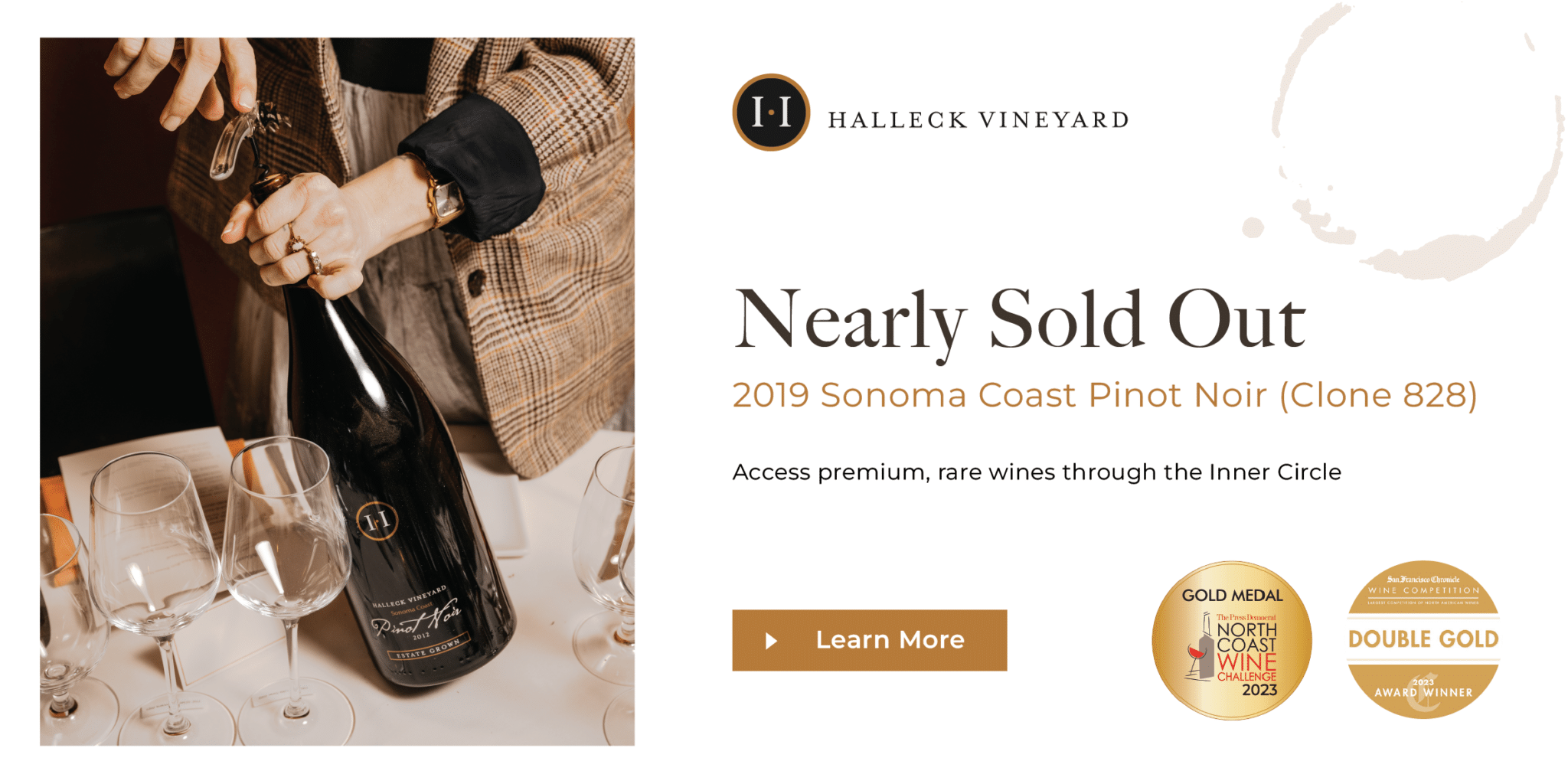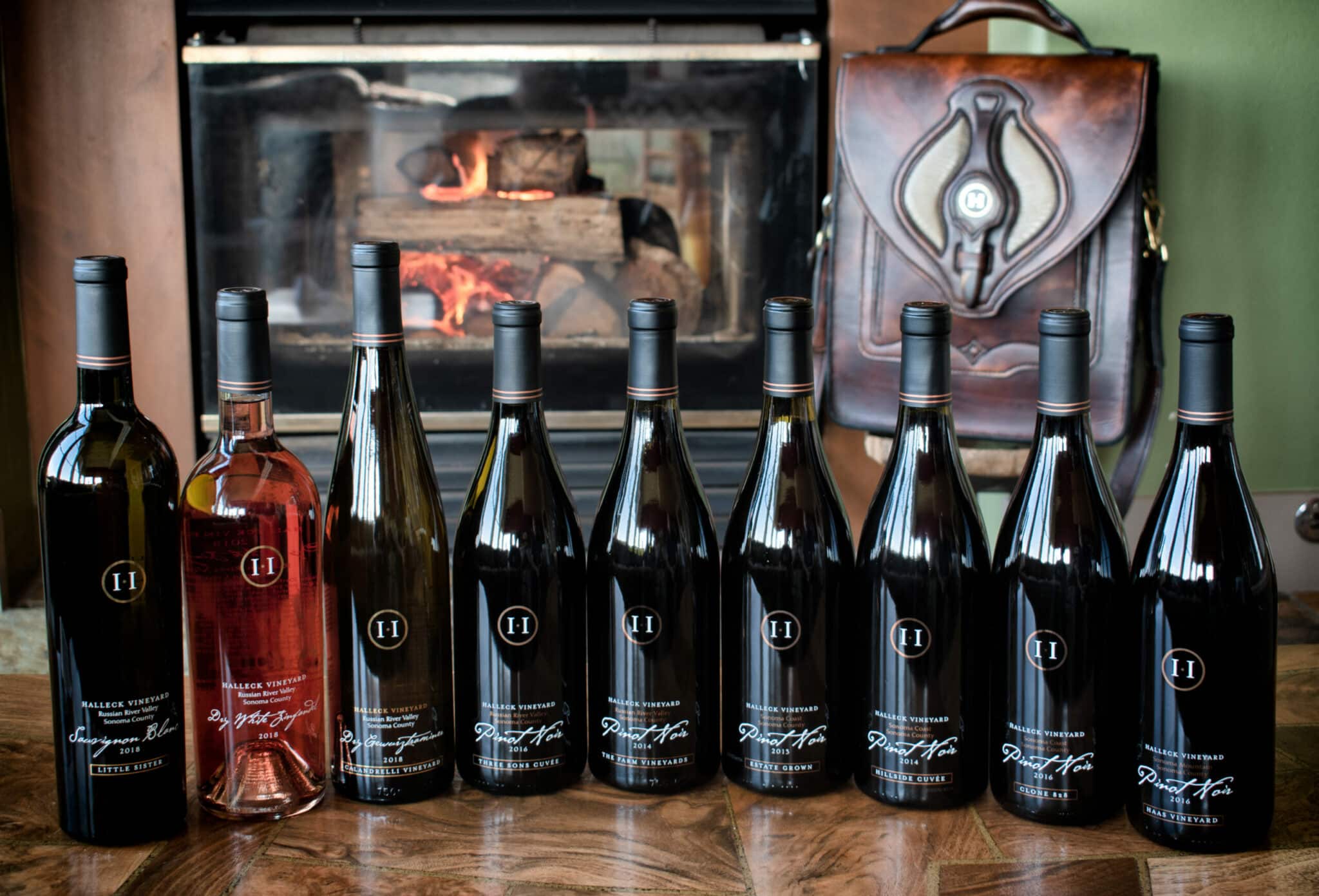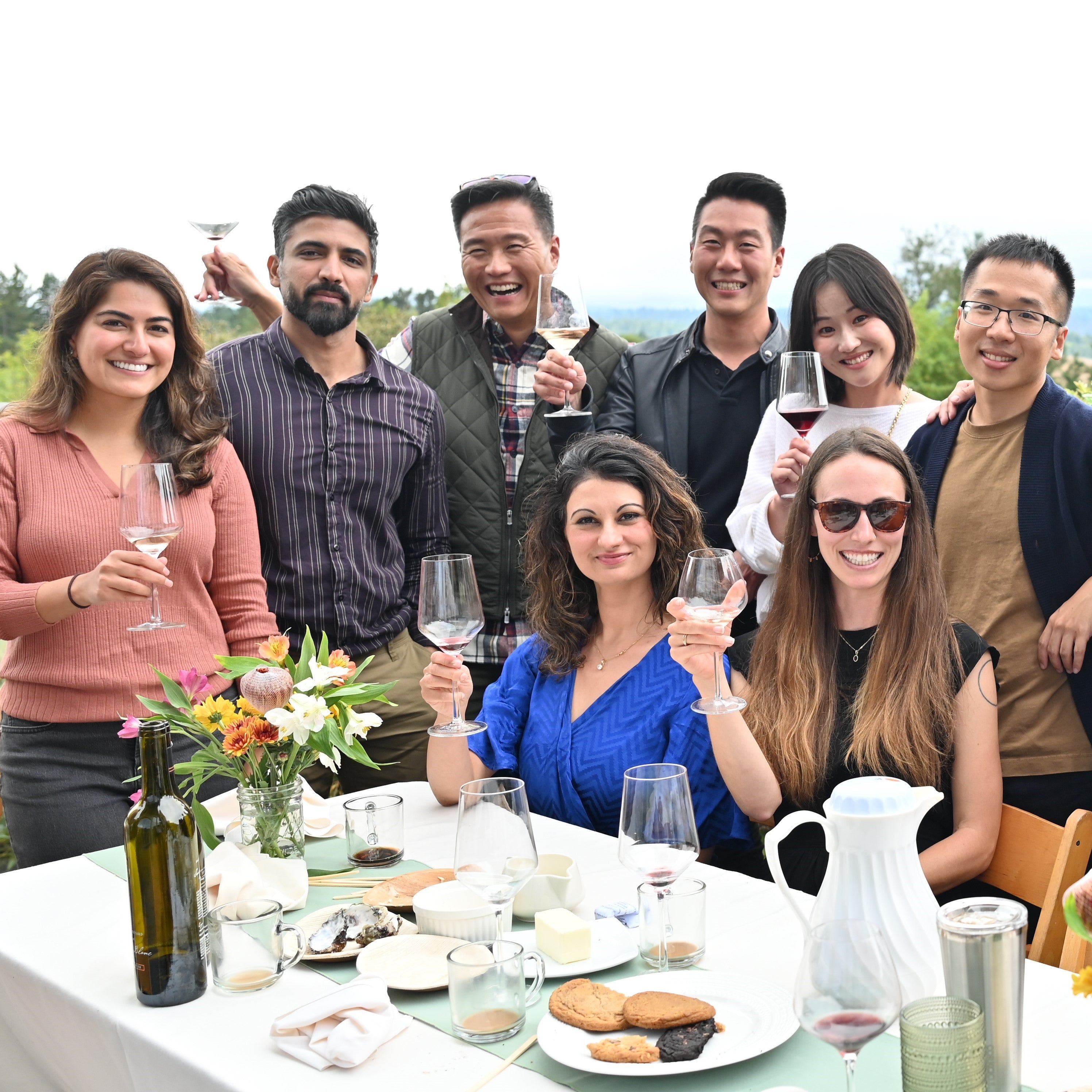Wineries With River Views - Sonoma Area Winery For Tasting
Beautiful Picnic Areas At Sonoma Wineries - Sonoma's Hidden Winery Gems
Wine tasting is an art that mixes sensory experience with an appreciation for the nuances of various varietals. How to gauge flavors in winery wine tasting classes is pivotal to greedy the complexities of wine.
Engaging in a wine tasting includes more than merely sipping and savoring. It requires a focused method to establish aromas and flavors that each wine presents. As you begin, observe the wine's appearance, noting its colour and clarity. These visual cues often counsel a wine’s age, grape selection, and even potential flavor profiles.
The subsequent step in the tasting course of is to swirl the wine in your glass. This action releases fragrant compounds that are very important for evaluation. Lean in and take a second to inhale deeply; the aromas can range from floral and fruity to spicy and earthy. The nose of the wine is just as important because the palate, and recognizing scents plays a big function in understanding the general experience.
When taking your first sip, enable the wine to move throughout your palate - Popular Wineries With Outdoor Seating In Sonoma. Discover the preliminary flavors that present themselves. Is the wine fruity, floral, or perhaps herbaceous? This preliminary taste offers perception into what the wine is likely to categorical as you proceed to judge it. The mouthfeel also contributes to the general flavor experience; it can be silky, tannic, and even effervescent.
Family Friendly Wineries With Outdoor Spaces - Sonoma’s Lush Vineyard Landscapes
As you continue tasting, pay attention to the wine’s stability. A well-balanced wine will harmonize acidity, sweetness, and tannins. If one part overwhelms the others, it'd indicate a much less fascinating high quality. Evaluating balance may help you establish how nicely the wine would possibly pair with food.
Transitioning to the end, contemplate how the flavors evolve because the wine lingers on your palate. A lengthy, nice finish can indicate a high-quality wine, while a brief or abrupt finish may suggest in any other case. Mirror on whether or not the flavors stay consistent or if new notes emerge because the wine settles. This development can reveal complexities and intricacies that may not have been obvious in the initial tasting.
Temperature is also a vital think about evaluating wine flavors. Completely Different forms of wine are optimally enjoyed at particular temperatures. White wines typically shine when chilled, while purple wines usually perform best at room temperature. When tasting, ensure the wine is at the appropriate temperature to fully respect its character.
Wineries With River Views - Vineyard Tours In Sebastopol
Pairing food with wine can greatly improve the tasting experience. Foods can affect the notion of flavors in wine, both highlighting certain traits or diminishing them. When evaluating flavors, consider how the wine interacts with totally different foods, noticing which flavors are amplified or muted (Wineries In Sebastopol).
Contemplate the influence of terroir as you have interaction in a winery tasting. Terroir encompasses the unique environmental factors that affect grape rising, together with soil composition, local weather, and geography. Understanding a wine's terroir can provide perception into its flavors and aromas, fostering a deeper appreciation for the alternatives made during its cultivation and production.
Training performs a elementary position in enhancing one's capability to gauge wine flavors. Learning about grape varieties, wine areas, and manufacturing methods can pave the best way for extra knowledgeable judgments during tastings. Additionally, attending workshops or classes can refine sensory skills and increase your flavor vocabulary, enabling you to articulate tasting notes more effectively.

Finally, it is important to keep in thoughts that evaluating wine flavors is a extremely personal experience. Particular Person preferences and perceptions will invariably form one’s tasting journey. Enjoyment ought to be on the forefront, with the evaluation process acting as a tool to reinforce understanding and appreciation quite than create inflexible pointers.
Wineries That Offer Dog Friendly Areas - Sonoma's Hidden Winery Gems
In conclusion, mastering the way to evaluate flavors in winery wine tasting periods includes a mixture of sensory engagement, information, and practice. By studying to establish aromas, assess the steadiness, and appreciate the intricacies of flavor, wine enthusiasts can deepen their connection to every bottle they encounter. As with any art type, the extra one immerses themselves in the experience, the extra they will discover and enjoy the huge world of wine.
- Start by observing the wine's shade and readability, as these visual parts can trace at its flavor profile and growing older potential.
- Swirl the wine gently in your glass; this releases fragrant compounds, permitting you to raised determine the complicated scents related to the wine.
- Take a deep inhale earlier than tasting, focusing on each main and secondary aromas to collect insights on fruits, spices, and different nuances.
- When tasting, enable the wine to coat your palate; note the preliminary flavors, the mid-palate complexity, and the end as these levels can present completely different flavor highlights.
- Pay consideration to texture and mouthfeel, as aspects corresponding to tannin ranges, acidity, and sweetness contribute considerably to the general tasting experience.
- Evaluate flavors towards standard wine characteristics; for red wines, consider berry notes, oak influence, and herbal tones, while whites could embody citrus, stone fruits, and floral hints.
- Take notes in the course of the tasting session to trace your impressions, serving to you to recollect and evaluate the different wines sampled.
- Focus On your findings with fellow tasters or winery employees, as sharing insights can enhance understanding and appreciation of individual flavors.
- Allow time for the wine to breathe; typically, flavors evolve and reveal new dimensions after being uncovered to air.
- Experiment with food pairings during the tasting as they will dramatically alter how flavors are perceived, influencing overall enjoyment.undefinedWhat ought to I look for when evaluating the aroma of wine during a tasting?
Begin by swirling the wine in your glass to release its aromas. Bring the glass to your nose and take a deep breath. Pay consideration to the first scents you detect, as these are sometimes essentially the most distinguished. Look for fruit, floral, natural, or earthy notes and try to determine specific characteristics, which is able to deepen your understanding of the wine's complexity.
Wineries With Estate-Grown Grapes - Wine Tasting At Sonoma Vineyards

How can I distinguish between different flavor profiles in wine?
Understand that flavor profiles are sometimes categorized as fruit, floral, herbaceous, spicy, or mineral. Take small sips and allow the wine to coat your palate. Notice the primary flavors that emerge first and the refined notes that follow. This layering is essential in distinguishing the wine's characteristics and can help you recognize its unique profile.
Small Batch Wineries In Sonoma Valley - Discover Sebastopol's Wine Scene
What try here is the significance of the wine's texture in a tasting?

The texture of the wine, also called mouthfeel, performs an important position in how we perceive flavors. Pay attention as to if the wine feels clean, creamy, or gritty. The body of the wine (light, medium, or full) can enhance or contrast with flavors, providing a more rounded experience during tasting.
How do I assess the steadiness of flavors in wine?
Stability in wine refers to the harmony between acidity, sweetness, tannin, and alcohol. Take a moment to evaluate whether or not these parts complement or intrude with each other. A well-balanced wine will have none of its elements overpowering the others, creating a pleasing tasting experience.
Wineries Near Sonoma Square - Sonoma Wine Tasting Adventures
What position does temperature play in evaluating wine flavors?
Temperature can significantly impression the notion of flavors. Generally, pink wines are greatest served barely below room temperature, whereas white wines take pleasure in being chilled. As the temperature modifications, the aromas and flavors can shift, permitting you to understand totally different characteristics. It’s essential to taste wine at its optimal temperature for true evaluation.
Best Wineries For Wine Tasting In Sonoma - Sebastopol Area Wineries Offering Wine
How can I improve my tasting skills over time?
Practice is vital to improving your tasting skills. Family-Oriented Wine Tasting Venues In Sebastopol. Attend tastings, keep a journal of your experiences, and explore various sorts of wines to broaden your palate. Moreover, studying about wine manufacturing and grape varieties can present context that enhances your evaluation process, making you a extra informed taster.
Is there a selected order during which I ought to style the wines?
Wineries Featuring Seasonal Wine Events In Sonoma - Sonoma Wine Culture
Yes, it’s advisable to style wines from light to full-bodied and dry to candy. This development prevents the stronger flavors from overshadowing the extra delicate ones, allowing you to fully appreciate each wine's characteristics and nuances with out palate fatigue.
How can I consider the aftertaste of wine?
Wine Tasting Experiences With Local Cheese - Wine Tasting Experiences In Sebastopol
The aftertaste, or end, is a crucial facet of the wine-tasting experience. After swallowing, take note of how lengthy the flavors linger in your palate and whether or not they change. A lengthy, nice finish is often an indicator of a high-quality wine, whereas a brief or disagreeable end might recommend in any other case.
Why is it essential to notice the wine’s acidity during tasting?
Acidity contributes to the overall freshness and construction of the wine. Pay attention to the tingling sensation in your tongue; larger acidity can enhance the wine's liveliness and balance out sweetness. Noting acidity helps determine the wine's versatility with food and its getting older potential.
What click here to find out more ought to I do if I struggle to establish specific flavors in wine?
Wineries In Sebastopol - Wine Tasting And Vineyard Tours In Sonoma
Struggling to determine flavors is common, especially for newbies. Focus on broader categories and describe what you'll be able to acknowledge, such as candy or earthy notes. With practice, reading about different flavor profiles, and perhaps using flavor wheels, you may refine your senses and develop a extra nuanced strategy to tasting.